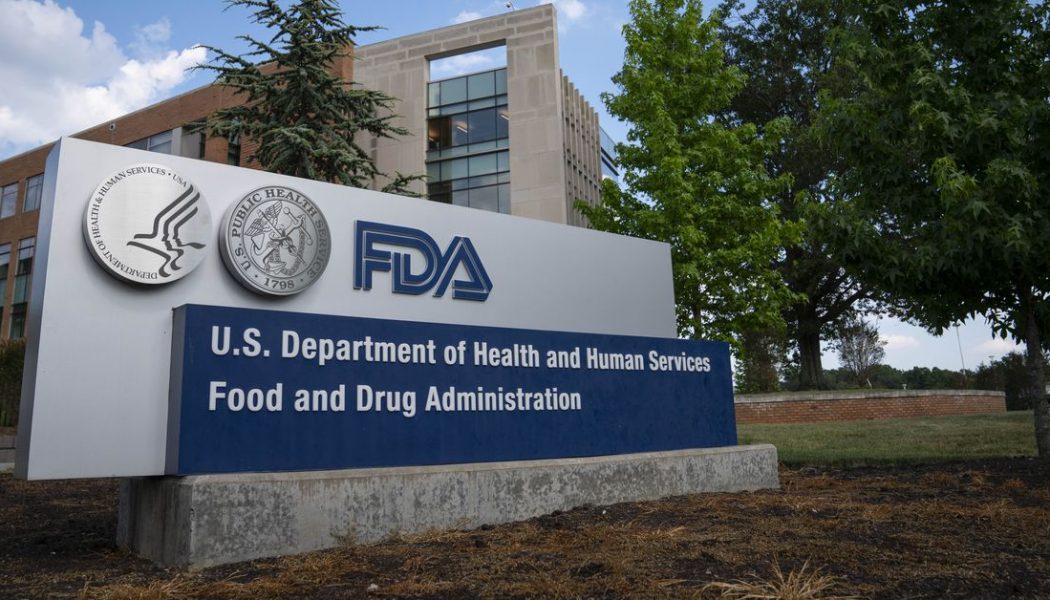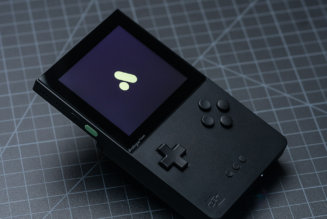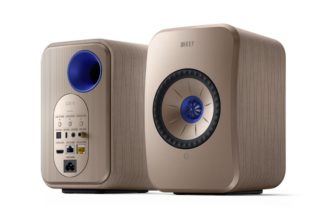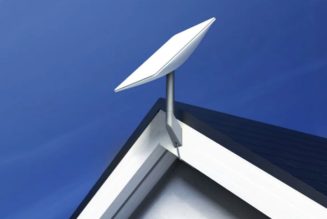
In most contexts, it’s perfectly acceptable to use “approval” and “authorization” interchangeably. But not at the Food and Drug Administration (FDA), and definitely not when it comes to COVID-19 vaccines. If the topic comes up at your Zoom holiday party, here’s a cheat sheet for the specific uses of these similar terms.
Approval — No COVID-19 vaccines have been approved. Approval means the FDA has officially decided that a product is safe and effective for its designated use. The process for approval involves rigorous reviews of all available data on the product and can take several months.
Authorization — To speed things up in an emergency like a pandemic, the FDA can grant an Emergency Use Authorization (EUA). An EUA, as its name implies, authorizes a product for use during unusually urgent circumstances if the benefits of its use outweigh any known or potential risks. A vaccine that combats a global pandemic is an ideal candidate for an EUA – we can’t afford to lose any more time in the midst of a crisis with an ever-climbing death toll.
The FDA granted an EUA for the Pfizer and BioNTech vaccine, and it’s likely to do the same for the Moderna vaccine this week. As long as no serious harms from the vaccines are discovered, they’ll maintain authorization until the pandemic is over. At that point, the pharmaceutical companies will decide if they want to seek FDA approval. Remdesivir, an antiviral drug, was granted an EUA for COVID-19 treatment in May before gaining approval in October.
The expedited process for authorizing COVID-19 vaccines doesn’t mean decisions are being made willy-nilly. FDA reviewers still had to pore over all the currently available data from clinical trials before signing off on the Pfizer and BioNTech vaccine.
BONUS ROUND: Clearance — FDA clearance is usually applied to devices — anything from heart-monitoring apps on a smartwatch to X-ray machines.
The FDA groups medical devices into three classes based on the level of risk associated with their use. Low-stakes products like gauze and tongue depressors are Class I, while products like pacemakers are Class III. Devices in Class III are the only ones which require FDA approval before they can be put on the market. Those in Classes I and II don’t necessarily need to be approved to be marketed. If they’re a brand-new low-risk product, they can potentially get something called a De Novo classification. Others can be cleared by the FDA if they can show that they are similar enough to products that have already been reviewed.










